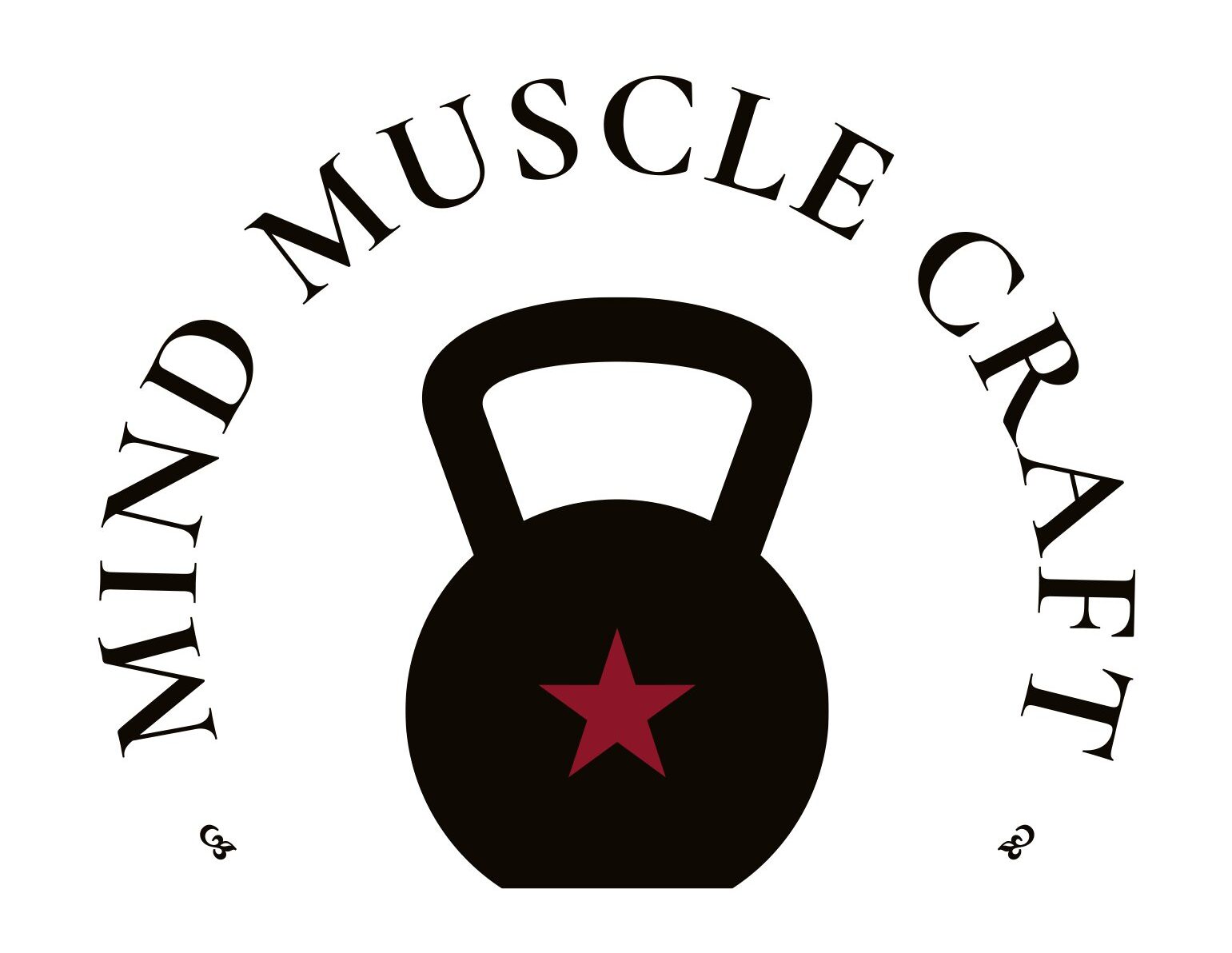Blood Flow Restriction (BFR) Training
Overview: Blood Flow Restriction (BFR) training is a unique and advanced technique that involves using bands or cuffs to partially restrict blood flow to the working muscles during resistance training. Despite the counterintuitive nature of reducing blood flow, BFR has gained attention for its ability to induce muscle hypertrophy and strength gains with lighter loads.
Mechanism: The application of pressure with bands or cuffs creates partial occlusion of blood vessels, leading to a temporary reduction in blood flow to and from the muscles. This restriction sets the stage for a unique physiological response during exercise.
Benefits of BFR Training:
- Hypertrophy with Light Loads:
- BFR allows individuals to achieve muscle hypertrophy with lighter loads, reducing stress on joints and connective tissues.
- Strength Gains:
- Despite using lighter weights, BFR has been shown to induce significant strength gains.
- Metabolic Stress:
- The restricted blood flow creates a unique metabolic stress in the muscles, contributing to adaptations such as increased growth hormone release and cellular swelling.
- Efficient Workouts:
- BFR enables efficient and time-effective workouts, as the benefits can be achieved with shorter durations.
How to Perform BFR Training:
- Equipment:
- BFR cuffs or specially designed bands are needed. These are typically placed around the limbs, closer to the torso for the arms and at the top of the thighs for the legs.
- Pressure Setting:
- The pressure applied should be enough to partially restrict blood flow without causing discomfort or numbness. Personalized pressure settings vary, but a pressure of around 50-80% arterial occlusion is common.
- Exercise Selection:
- BFR is often applied during resistance exercises, such as leg presses, bicep curls, or squats.
- Repetition Range:
- Aim for higher repetition ranges (15-30 reps per set) with shorter rest intervals (30 seconds to 1 minute).
- Frequency:
- BFR training is typically done 2-3 times per week.
Scientific Support: Numerous studies support the efficacy of BFR training. Research indicates that BFR can elicit muscle hypertrophy and strength gains comparable to traditional high-load resistance training. However, it’s essential to note that BFR should be approached cautiously, and individuals with certain health conditions should consult with a healthcare professional before attempting BFR training.
As with any advanced training technique, it’s crucial to seek guidance from a fitness professional or healthcare provider to ensure proper application and minimize risks.

